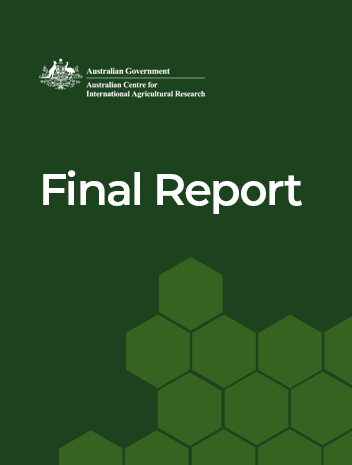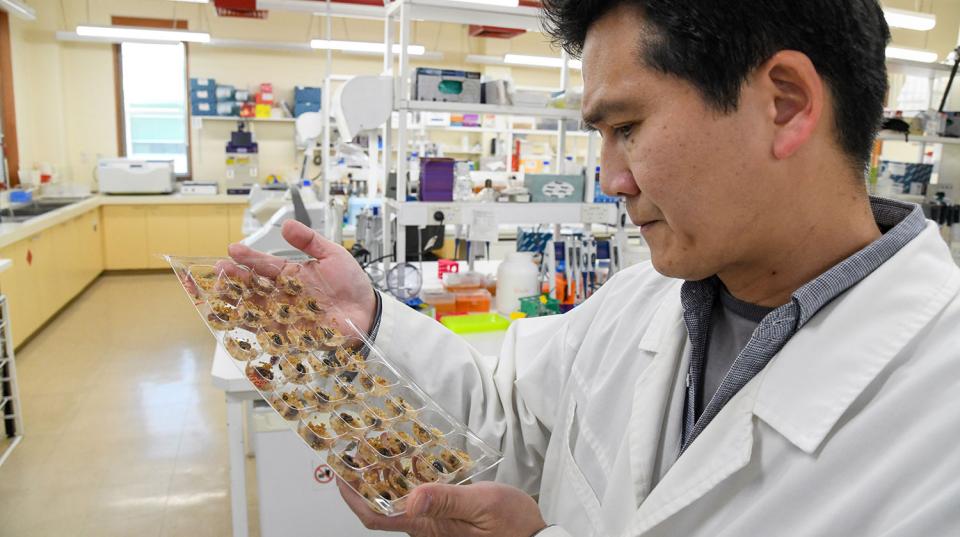Overview
This project aimed to characterise the populations of Spodoptera frugiperda (fall armyworm, FAW) in crop production systems of South-East Asia and Northern Australia as the first step towards developing long-term management options.
This is a small project aimed at foundational research activities necessary for potentially scoping future research steps. There is a focus on two key areas. Firstly, understanding which FAW management options that are currently being used successfully in other parts of the world may apply to SEA farming systems. Secondly, characterising the FAW populations in different regions of Australia and SEA. This characterisation will tell us if there is some form of genetic population differences between the populations, and any existing levels of insecticide resistance in the current populations. The knowledge generated as part of this project will be useful for the development of future Integrated Pest Management approaches and a draft resistance management plan.
Project outcomes
- Understanding what FAW management options exist or can be easily implemented in South East Asia.
- Discovering which crop/plant diversification options are available to increase resilience in maize production systems that assist with integrated FAW management.
- Determining whether the populations of FAW differ between SEA countries/Nth Australia and in terms of their population genetic diversity and current pesticide resistance profiles.
Summary of achievements to date
2020-21
- Whole-genome sequencing of FAW from Myanmar, Vietnam, Lao PDR, Malaysia, and the Philippines showed:
- Populations varied in their organophosphate/carbamate resistance allele frequencies.
- The SEA and Yunnan Province (China) FAW exhibited different genomic signatures.
- The establishment of SEA FAW populations likely involved past multiple introduction events.
- The project developed a metabarcoding approach for concurrent high-density field surveys of FAW genetic diversity relating to their corn/rice haplotype frequencies and proportions of organophosphate/carbamate resistance alleles.
- Researchers in Vietnam, Malaysia, Lao PDR, Indonesia, and the Philippines undertook bioassays of FAW to quantify the degree of tolerance or resistance to selected pesticides. Initial results suggest populations from different geographic regions are responding differently to insecticides. The Western Australian FAW population (CSIRO colony: Sf20-4) showed higher indoxacarb tolerance than FAW populations from India (comparison with published literature) and Indonesia (bioassay results). This means more Indoxacarb will be needed to kill FAW individuals from Western Australia in a laboratory environment. Movements of Western Australia populations to SEA regions are currently unknown. Should this occur, it could impact the management of FAW in SEA, especially if this involves movements of higher insecticide tolerance populations.




